Standing in a narrow queue at the State Bank of India customer service point in East Champaran, Bihar, elderly women are waiting for their turn to withdraw Rs. 1000 under the Bihar Vridha Pension Yojana. A woman accompanied by her son gleefully asks about her account balance. The agent tells the woman, “1000 hai”. “600 de da 200 rahe diyah” (Give me 600 and leave 200 in the account), she requested. As soon as the agent hands the cash, her son (in his 20s) snatches the cash from her hand and runs away. Followed by her mother shouting, “Aate lave ke ba” (I have to buy flour).
In the queue are other women eagerly waiting to withdraw cash under the new employment scheme. Women are holding their Shram Cards and Aadhaar cards to enquire about the recently launched Mukhya Mantri Mahila Rozgar Yojana scheme, under which underprivileged women will receive Rs 10,000 as seed money to start a business. Only a biometric scan of the right thumb and an Aadhaar card are required to withdraw the cash.
Women in Bihar are financially active more than ever. According to the Economic Survey of Bihar (2024-25), under the Bihar Rural Livelihoods Promotion Society – JEEViKA, a scheme that facilitates Self-Help Groups for women, a total of 10.63 lakh SHGs have been formed. 5,986 Bank Sakhi members are spreading awareness among their peers on various financial verticals, including timely deposits, withdrawals, insurance, and pensions. 78.40 lakh members have been covered under insurance for their businesses.
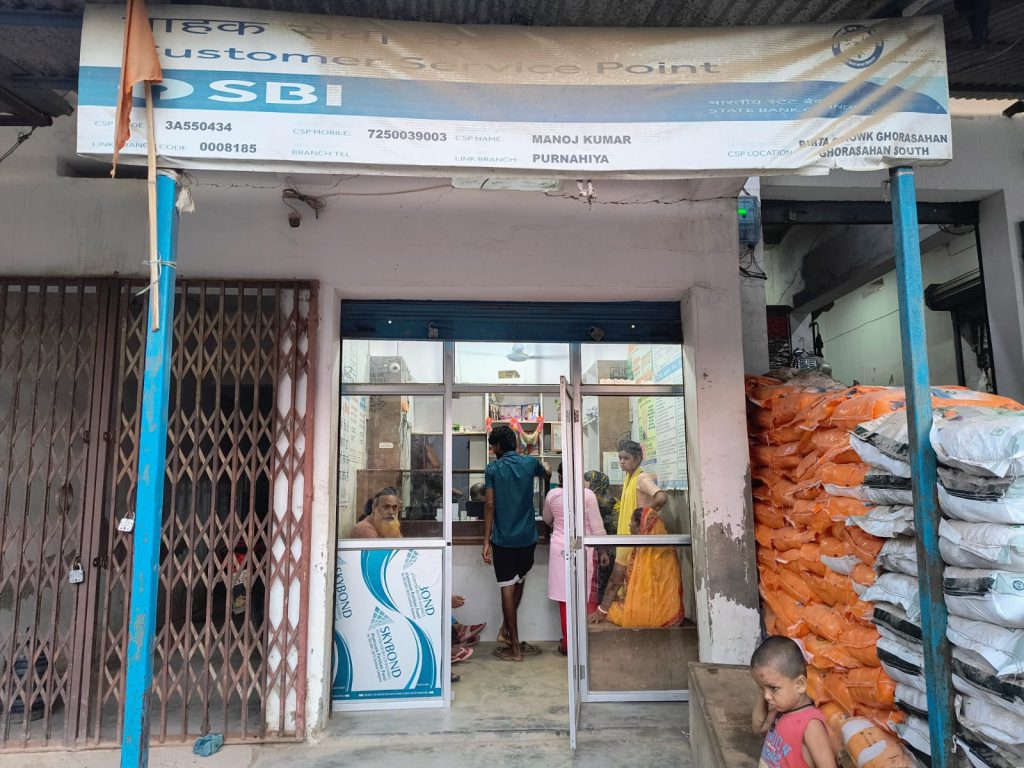
Through Bihar’s JEEVIKA, women have established various businesses, including all-woman-run canteens and general stores in a remote village, thereby achieving financial autonomy. During my childhood, women would pawn their jewellery to feed their children as men went out to cities in search of work. This is changing. The story of financial inclusion in Bihar is a staggering one.
Financial inclusion as a path to political autonomy
Financial inclusion is considered necessary for household agency and political autonomy. Take, for instance, the elections for local government. Women have long been used as token figures by their husbands and sons to win the women-reserved seats. Men would enjoy de facto power while women languish in their households. Today, several women who were financially empowered under the Jeevika scheme have gone on to contest elections, solely on the basis of their connections within the Jeevika groups. Ward elections are most sought after by Jeevika women due to their small geographical reach.
Women in Bihar are financially active more than ever. According to the Economic Survey of Bihar (2024-25), under the Bihar Rural Livelihoods Promotion Society – JEEViKA, a scheme that facilitates Self-Help Groups for women, a total of 10.63 lakh SHGs have been formed.
Bihar also has a gender budget since 2008-09. Several announcements were made under the 2025-26 gender budget, including Mahila Haats, a gym on wheels, pink toilets, pink buses, and Kanya Vivah Mandap in every panchayat. Talking to Lallantop, a Patna woman’s college girl reprimanded that these schemes are only centred in the capital city of Patna. “Nitish ji Patna ko hi Bihar samajh liye hai,” pointed the girl.
Political promises in Bihar and women’s priorities
On the other hand, the Labour Force Participation Rate for women in Bihar, at 31.5%, has remained lower than the national average of 43.7%. Bihar also has the highest number of women employed in agriculture, while only 7.2% of women are employed in the manufacturing sector. According to PLFS, women constitute the highest number at 78.8% employed in the informal sector.
In a town hall, organised by Lallantop at Patna Women’s College, girls emphatically praised Nitish’s policies and would want him to continue in the government. The increase in the number of pink buses, safety, jobs, and skill education were the top issues for them in the upcoming elections. A BPSC aspirant from Bihar also told me that Nitish Kumar has done a great deal for women in securing government jobs. Recently, facing flak from aspirants of BPSC, the Nitish-led Bihar government terminated reservations for non-domicile women candidates. Rashtriya Janata Dal (RJD), on the other hand, has been embroiled in a land-for-jobs corruption case.
Women in Bihar are awaiting a change that does not seem to be in the offing, as critical issues of health, education, and employment remain in disarray.
Women from Bihar, who have come to Delhi for studies and jobs, also share the same view. For most of them, jobs, education and health are priorities. Most of them are not the direct beneficiaries of the cash transfer of the Nitish Kumar-led Bihar government. Yet, some who have been through the prelims of BPSC were given Rs. 50,000 cash under the Atyant Pichda Varg Civil Seva Protsahan Yojana, and for them, Nitish Kumar is a favoured choice.
Bihar Elections: Women voters and electoral dynamics
The data on women’s voting patterns corroborate Nitish as a favoured choice, as apoll analysisby Lokniti-CSDS shows that in the 2020 Bihar state assembly elections, 40% of women in the 18-29-year-old category voted for the Nitish-led NDA, while only 33% of men voted in favour of the alliance. Women were decisive in 167 out of 243 constituencies in Bihar.
The focus on women is understandable, as women’s voter turnout in the past few elections has surpassed that of men in Bihar, standing at 60.5% for women and 53.3% for men in 2015. In 2020, the turnout rates were 59.7% for women and 54.7% for men.
However, the number of women voters has decreased. According to the recently concluded Special Intensive Revision by the Election Commission, the women-to-men ratio among voters in Bihar is now 892:1,000, which is lower than the state’s sex ratio of 918 per 1,000 men.
Women have long been a part of Nitish Kumar’s government target. From the Bihar Mukhyamantri Cycle Yojana to Jeevika, policies in Bihar have been directly targeted towards women.
This reveals two key aspects: firstly, the significant number of men who leave for other states in search of work, leaving their women behind in households; and secondly, the higher voter turnout makes women a strong electoral constituency that is being courted by several political parties.
Women have long been a part of Nitish Kumar’s government target. From the Bihar Mukhyamantri Cycle Yojana to Jeevika, policies in Bihar have been directly targeted towards women. Last month, Nitish Kumar disbursed the first instalment of Rs 10,000 seed money to 75 lakh women under the Mahila Rozgar Yojana, which has an outlay of Rs 7,500 crore. The state government has promised to provide additional financial assistance of Rs 2 lakh each to women who have started businesses with seed money, after assessing their business initiatives. The Bharatiya Janata Party appears to be piggybacking on its ally, the Janata Dal United, and Nitish Kumar’s support among women voters.
Several political parties in Bihar are following suit. RJD leader Tajashwi Yadav has promised a government job in every household. College girls are sceptical about Tejashwi’s pitch and say that there are not enough government jobs already. He has also promised a cash transfer of Rs 2,500 per month to women under the proposed Mai-Bahin Samman Yojana, once the government is formed under Mahagathbandhan.
Jan Suraaj Party, the new entrant which is making a buzz in these elections, has pledged to field 40 women candidates. The party has been handing out yellow scheme cards, a one-stop card for all schemes and cash transfer after it comes to power.
Many have said that women have been considered pawns in Nitish Kumar’s election strategy without a structural overhaul and sustained investment in the health and education of Bihar. This is evident as hundreds of Jeevika didis fill the rallies of Nitish Kumar, solidifying his image as a women-centric leader. This raises a critical point: women have been given bare empowerment just to partake in elections. Women in Bihar are awaiting a change that does not seem to be in the offing, as critical issues of health, education, and employment remain in disarray.
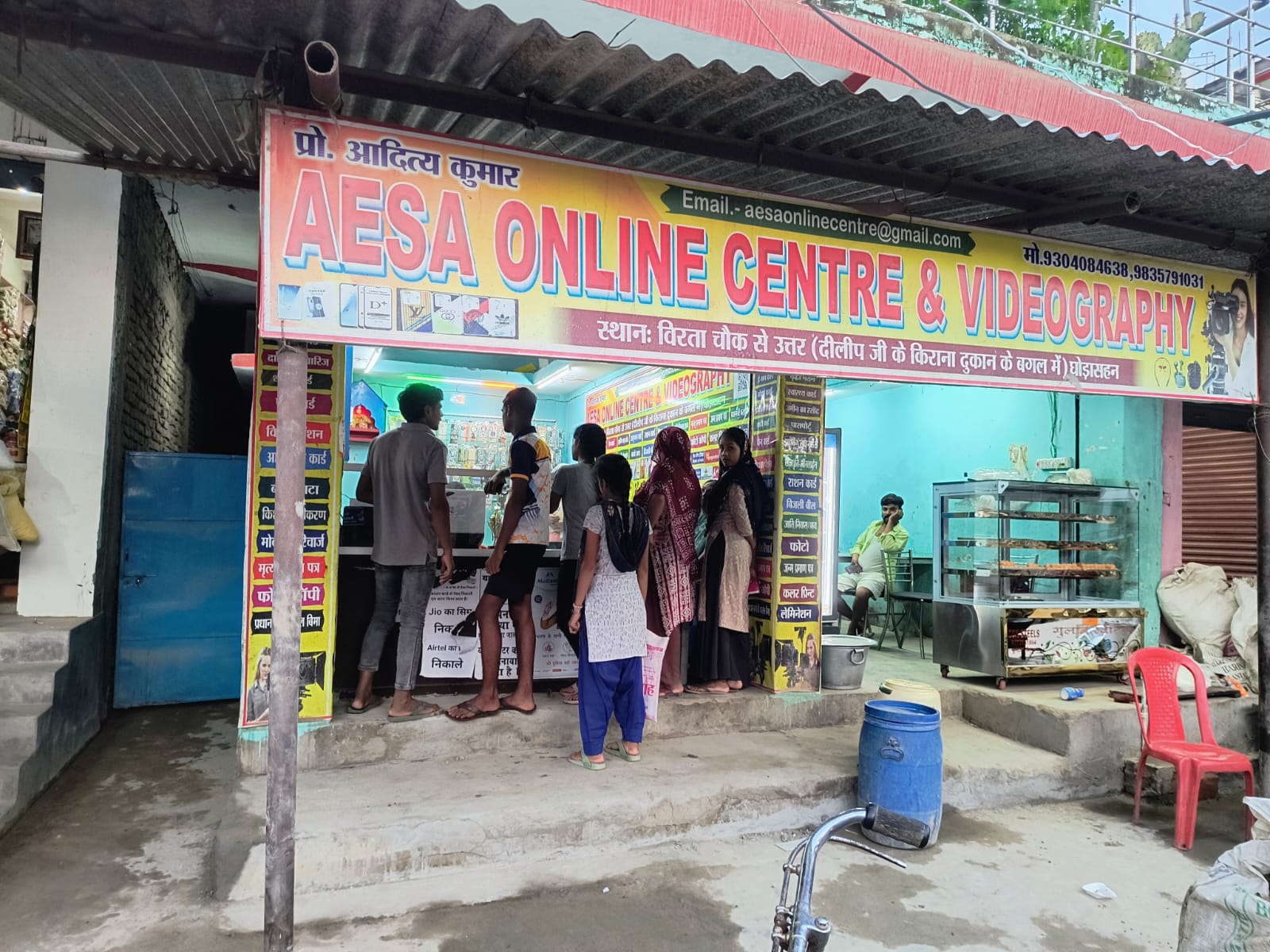
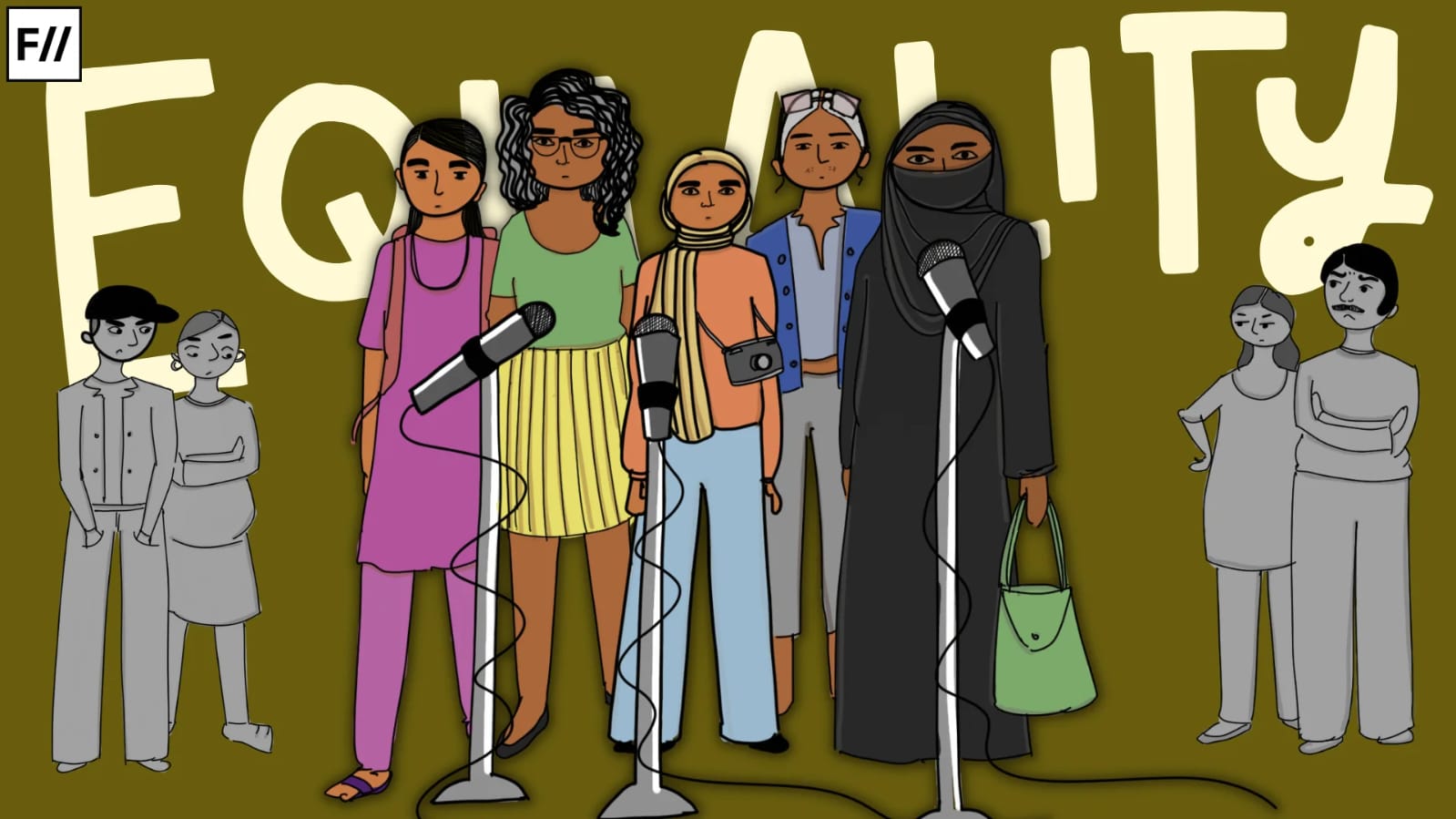
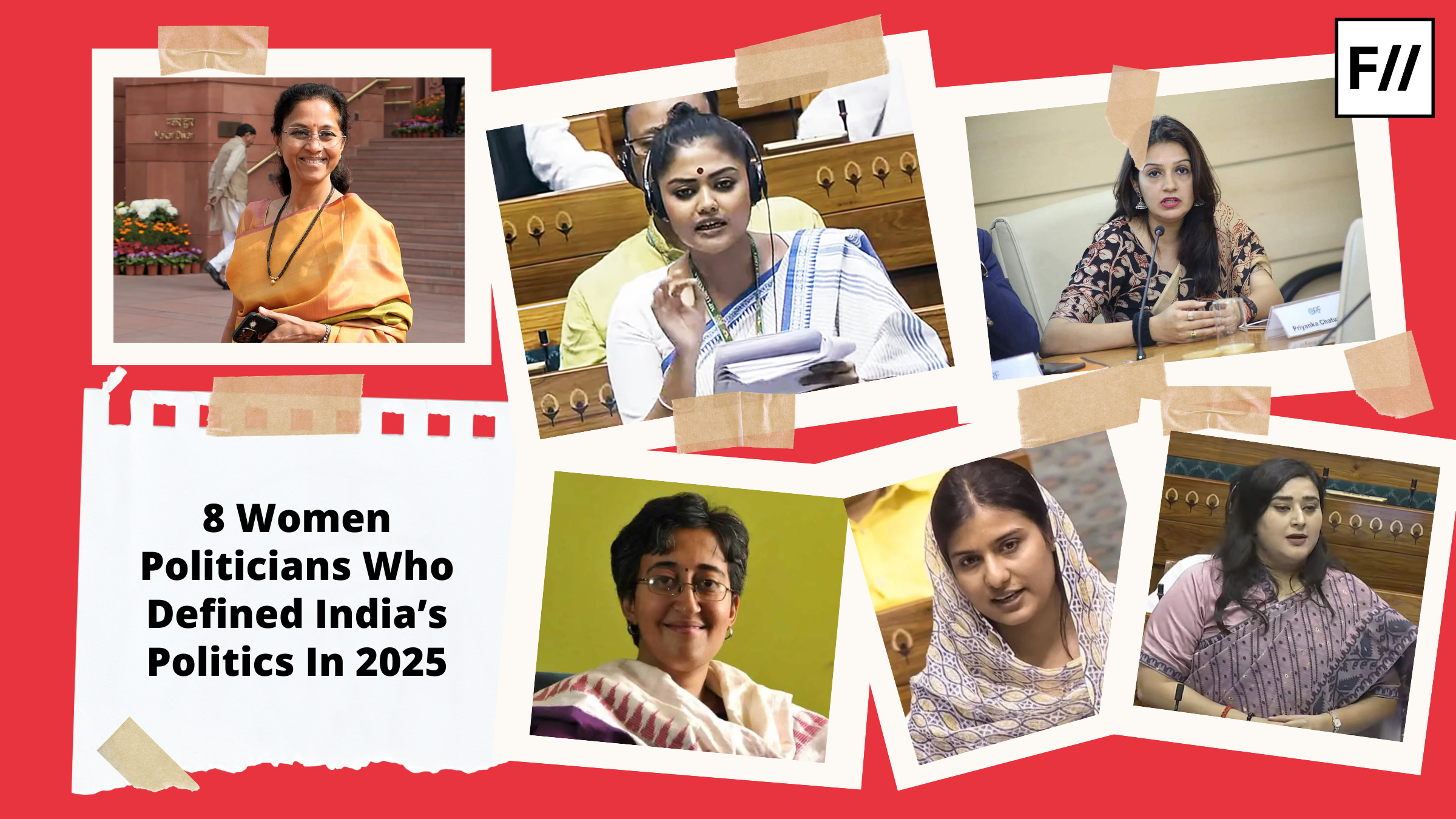
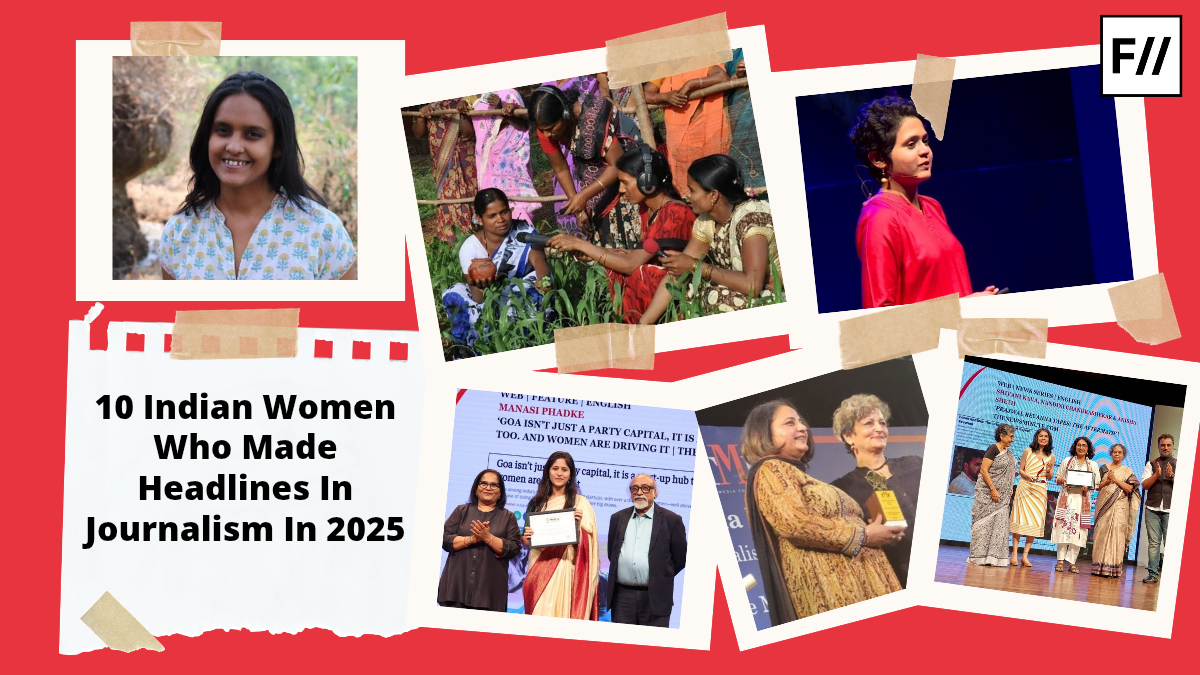

Agreed. Nitish kumar government has done so much for women empowerment in bihar. But no one is talking about the liquor banned and the harsh consequences women are facing due to it.Firstly the death caused by poisonous alcohol because poor mens can’t afford to buy the premium alcohol coming from other states and nepal.They are settled to buy desi pahua which is around 20-30 rupees which is occasionally poisonous.And the reports of death toll due it’s consumption has rises in past few years.Who will talk about the widows after their men are gone
Secondly the arresting of only poors and lower caste mens for either selling alcohol or consumer and their wifes/mother/sister running to court, police station, politicians to get their mens out.At this point nitish government is failed.
Very accurate and amazing analysis.